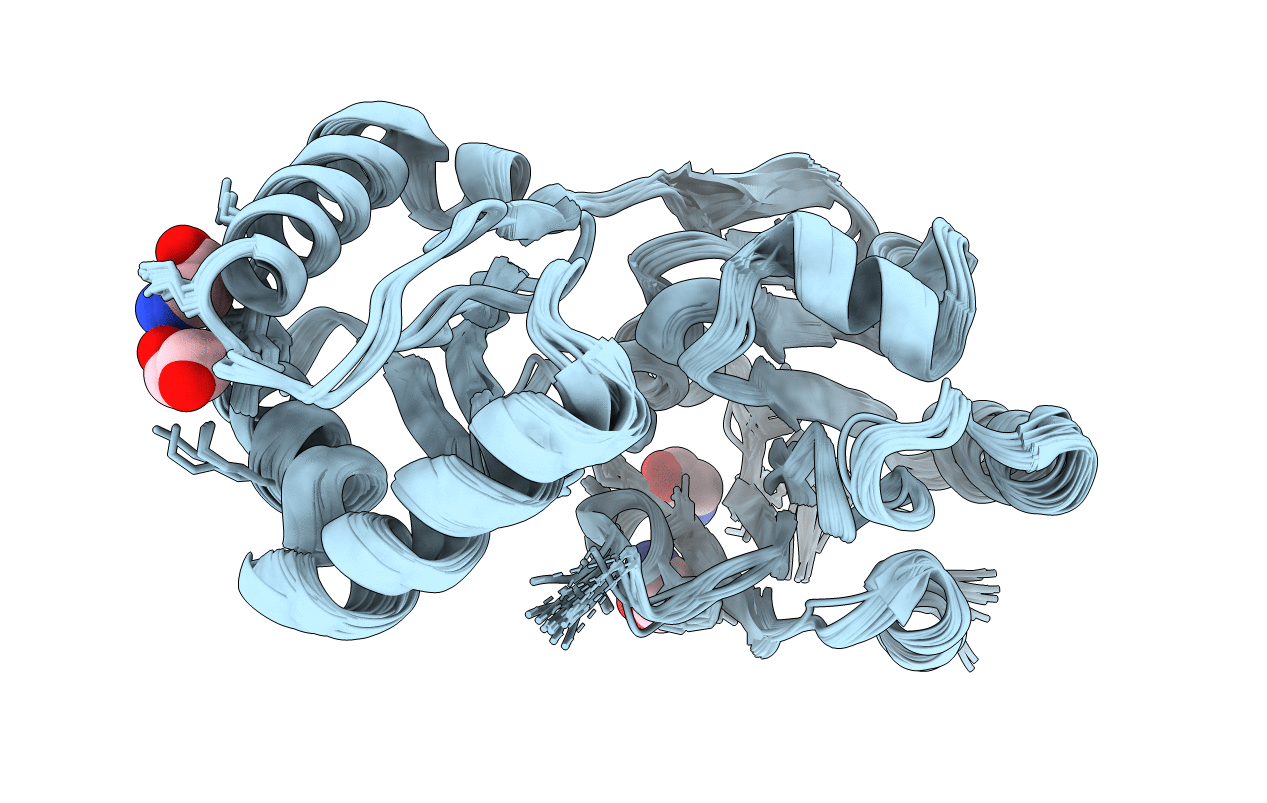
Deposition Date
2007-05-31
Release Date
2007-06-19
Last Version Date
2024-10-30
Entry Detail
PDB ID:
2Q4R
Keywords:
Title:
Ensemble refinement of the protein crystal structure of human phosphomannomutase 2 (PMM2)
Biological Source:
Source Organism:
Homo sapiens (Taxon ID: 9606)
Host Organism:
Method Details:
Experimental Method:
Resolution:
2.09 Å
R-Value Free:
0.29
R-Value Work:
0.20
R-Value Observed:
0.20
Space Group:
P 32 2 1


